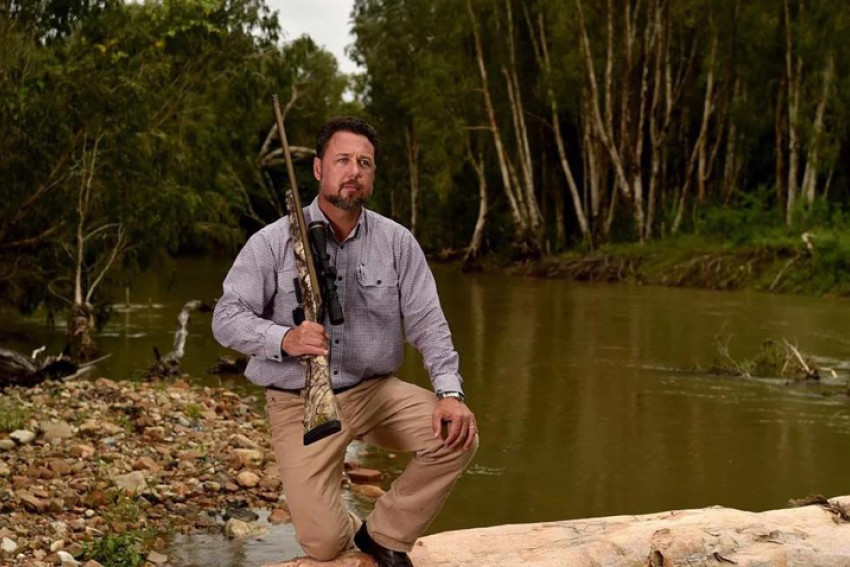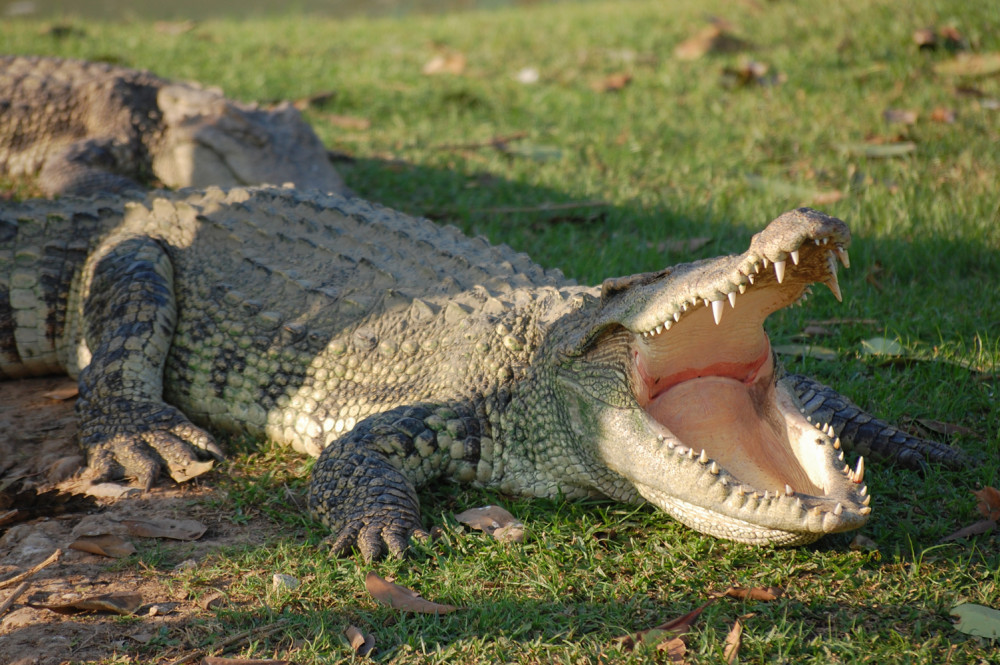General News
5 August, 2021
Croc debate heats up
WARNINGS and reminders have been issued about possible severe penalties for the taking of crocodiles, after a Queensland MP issued a photo of himself at a billabong toting a hunting rifle with telescopic sites. David Gardiner looks at the polarising issues related to crocodile management in Queensland.

Member for Hinchinbrook Nick Dametto sent out the photo to accompany a media release in response to the state government announcing the results of a three-year survey on crocodile numbers.
While there was no reference to shooting or hunting crocodiles in his media release, the inclusion of the photo with the release could be interpreted as an inference to the policy of Mr Dametto’s party, Katter’s Australian Party.
But on its website, the KAP does not an any way endorse or directly mention the illegal shooting or taking of crocodiles: “It aims to eliminate crocodiles from our waterways that pose a threat to human life, while protecting crocodiles from becoming endangered as
a species.”
The monitoring program results, released by environment minister Meaghan Scanlon, showed the current estuarine crocodile population is estimated at between 20,000 – 30,000 “non-hatchling animals”.
The report said crocodile populations in Queensland continue to recover after the reptiles “were almost hunted to extinction in the 1970s.”
“The population recovery has been relatively slow and highly variable across the ranges of species since the unregulated hunting of estuarine crocodiles for their skins was banned,” the monitoring program’s Dr Matt Brien said.
“The average rate of population growth for the species across its range is two-point-two per cent per year and only 20 per cent of its population is found south of Cooktown.
“The survey showed the spatial distribution of crocodiles in Queensland has not changed, and there is no evidence of any southward expansion of its range.”

RELATED: Residents reminded to keep their distance from BIG ‘Clyde’ at Russell River Bridge.
RELATED: Crocodile management needs improvement.
RELATED: Croc report credibility is questioned.
Mr Dametto criticised the crocodile monitoring survey, saying: “we have waited two years for this report to be published and all we get is an eight-page glossy document.
“The State Government spent 5.8 million dollars over three years on the crocodile monitoring program; it’s not good enough, North Queenslanders deserve more,” he said.
The minister and department, however, say while they are recovering from near extinction, crocodile numbers are not expected to reach the size or density of the Northern Territory crocodile population because of the limited amount of suitable nesting habitat.
“Although crocodile numbers have increased along Queensland’s east coast, the survey showed the average size of the animals has decreased,” Dr Brien said.
“This is a likely consequence of the Queensland Government’s crocodile management program, where crocodiles assessed as posing a threat to public safety are removed from the wild – with more than 450 crocodiles having been removed from 2004 to 2019.”
The Minister said as part of its budget the state government will invest an initial $12 million over the next four years for the ongoing management of crocodile populations and make its ‘CrocWise’ program permanent.
“With croc populations slowly increasing, it’s important that we continue our CrocWise program and make sure human safety remains the number one priority,” she said.


